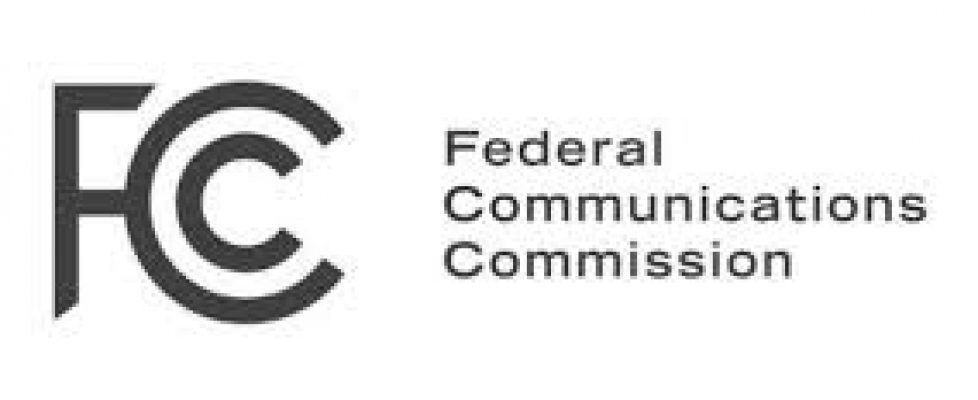The Time is Now for Providers to Apply for Some of the Remaining $130 Million Available Under the FCC’s COVID-19 Telehealth Program
Tuesday, June 2, 2020
As previously reported, Congress and Department of Health and Human Services (HHS) have removed longstanding regulatory barriers to the broad deployment of telehealth for general care during the COVID-19 pandemic. In parallel, the Coronavirus Aid, Relief, and Economic Security (CARES) Act has established the Federal Communication Commission (“FCC”) COVID-19 Telehealth Program, (the “FCC Program”) to reimburse providers for expenditures in furtherance of building out telehealth programs to meet this growing demand.
The FCC Program covers many types of nonprofit and public providers and a variety of expenditures (e.g., for connected devices or telecom services). But, if you are a provider interested in seeking reimbursement through the FCC Program, you should do so quickly as $63 million of the Program’s total $200 million has already been spoken for. Once the funds have been consumed, there is no indication they will be replenished.
The FCC will support eligible health care providers responding to the COVID-19 pandemic by fully funding their telecommunications services, information services, and devices necessary to provide critical connected care services. This raises two key questions: who are “eligible health care providers” and what are “telecommunications services, information services, and devices necessary to provide critical connected care services”?
Who is eligible?
The FCC defines “eligible health care providers” as nonprofit and public eligible health care providers that fall within the categories of health care providers in section 254(h)(7)(B) of the 1996 Telecommunications Act. These include:
- post-secondary educational institutions offering health care instruction, teaching hospitals, and medical schools;
- community health centers or health centers providing health care to migrants;
- local health departments or agencies;
- community mental health centers;
- not-for-profit hospitals;
- rural health clinics;
- skilled nursing facilities; or
- consortia of health care providers consisting of one or more entities falling into the first seven categories.
What are “telecommunications services, information services, and devices necessary to provide critical connected care services”?
The FCC Program reimburses purchases of telecommunications, information services, and connected devices necessary to provide telehealth services to patients in response to the coronavirus pandemic. The FCC has been publishing summaries of approved applications for services and connected devices that it will reimburse. The FCC recently announced its eighth set of telehealth reimbursement approvals covering about 50 providers and a variety of services and devices. Examples of the types of services and devices the FCC has approved include:
- Telecommunications Services: Telecommunication and broadband connectivity services to remotely connect health care providers and their patients.
- Examples of approved services include: mobile data plans, software licenses, and video-conferencing licenses.
- Information Services: Internet connectivity services for health care providers or their patients; remote patient monitoring platforms and services; patient reported outcome platforms; store and forward services, such as asynchronous transfer of patient images and data for interpretation by a physician; platforms and services to provide synchronous video consultation.
- Examples of approved services include: network upgrades, mobile hotspots, and telehealth platforms to design, implement, and support an integrated telemedicine application.
- Connected Devices/Equipment:
- Examples of approved devices include: laptop computers, broadband enabled blood pressure and pulse oximetry monitors, tablets, diagnostic equipment, and telemedicine carts.
- Note: devices must be connected; The FCC will not fund unconnected devices patients can use at home and then manually report the results to their medical professional. Connected devices may include devices with Bluetooth or WiFi connectivity, including devices that connect to a consumer’s phone, for example.
In total, the FCC has approved applications for 185 providers for approximately $68 million, leaving about $130 million still available. The FCC’s application process is straightforward and has a comprehensive “FAQ” section that covers everything from eligibility to instructions for applying.© Copyright 2020 Squire Patton Boggs (US) LLP

